Cleanroom equipment refers to the types of tools and equipment used to combat the pollution or danger of the environment inside or outside in an enclosed area. Industries that use cleanroom equipment include aerospace, electronics and semiconductor manufacturing, pharmaceuticals, research laboratories, medical equipment manufacturing, cosmetic manufacturing, and food production. function….
Cleanroom equipment provides protection against airborne particles, dust, bacteria, viruses, moisture or any other substance or environmental conditions that may affect the quality of your home. product.
Clean room equipment includes the following types:
Air Shower : A closed air circulation system installed at the entrance of a controlled environment to reduce pollution when workers enter or exit the production area. Air Shower is a valuable safety device used in industrial manufacturing activities capable of generating harmful particles. One example is Crystalline Silica particles that cannot be seen to the naked eye and when inhaled causes serious illnesses such as pulmonary dust, tuberculosis and kidneys. The air blown out at a high speed removes particles from the clothing before workers can leave the production area.
Clean Room Air Shower : Protect the environment from unwanted pollution . Air Shower can significantly enhance clean room performance by eliminating surface contamination of clean room clothes. HEPA filter can filter the air through adjustable nozzles. The air is recirculated back to the high-pressure blower, where it is pre-filtered by a HEPA or ULPA filter and directed back to the nozzles.
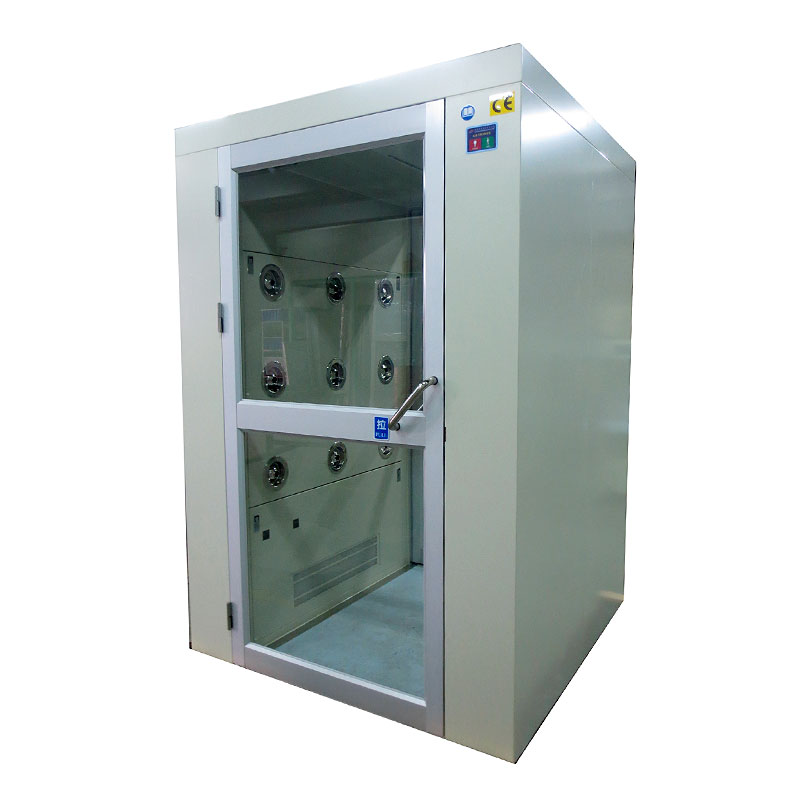
Pass Box : Perfect for transporting items into and out of a clean room. Pass box is widely used in laboratories, hospitals, pharmaceuticals and light industrial environments. They not only provide good isolation, but also facilitate product transportation. The cleanroom pass box comes in a variety of features and sizes, so it’s paramount that the correct product is installed.
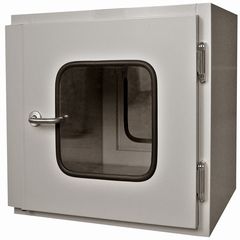
Clean Bench : Is a work table with air flow to provide filtered air on the work surface to protect against pollution. Cleanrooms were originally created to complement clean room technology and are today used across a wide range of industries including research, manufacturing, aerospace, biology, pharmaceutical manufacturing, and manufacturing. food variable. Many medical preparations are made / used on a clean table, which explains why you often see them in hospitals, clinics, laboratories, and healthcare facilities around the world.
Clean tables are recommended for use with non-hazardous materials in clean air to avoid contamination. A clean desk ensures that the work surface is always filled with air that has been filtered through HEPA filters. Unlike a biological safety cabinet, a clean desk protects the work on the work surface, rather than the employee or the surroundings from the nuts generated on the work surface. The HEPA air filter can trap 99.999% of particles larger and smaller than 0.3 microns in diameter.
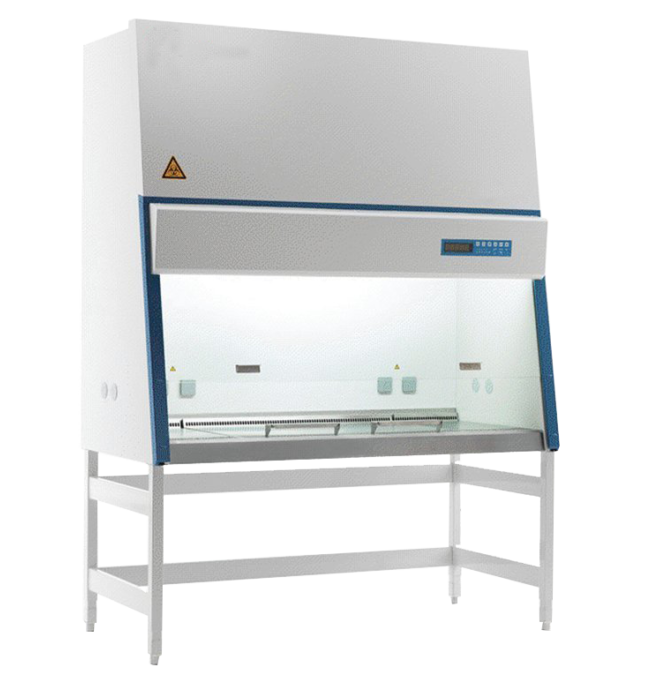
AHU (Air Handling Unit) : An air-handling unit, or air-handling unit (commonly abbreviated AHU), is a device used to regulate and circulate air as part of a system. heating, ventilation and air conditioning (HVAC) systems. Typically, an air handler is a large metal box that contains a blower, heater and / or cooler, filter holder or chamber, muffler and damper. The air processor typically connects to the duct system that distributes the air conditioner through the building and returns it to the AHU. Sometimes the AHU discharges (delivers) and receives (returns) the air directly to and from the space served without the need for a duct.
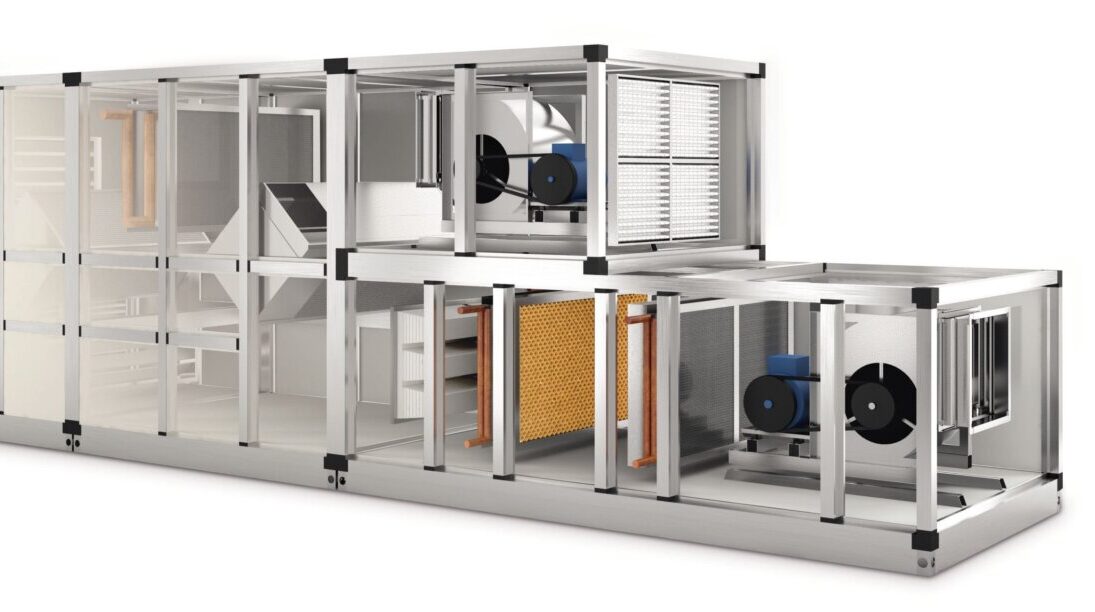
Clean Room Light : Is lighting equipment in the clean room. The light scan be either mounted or recessed. The lamp must meet strict dust and water resistance standards such as the 4-sided beveled body, airtight mica lid, in addition to technical factors of light, lumen, color temperature…
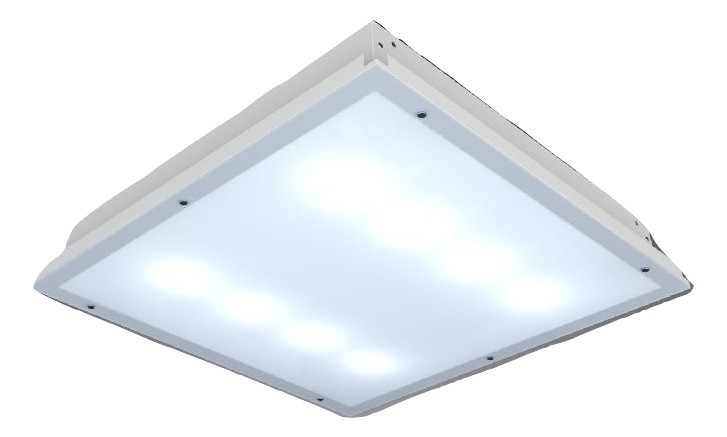
Interlock : Is an indispensable device for the clean room,usually installed at the top of the panel door. The interlock can control the simultaneous opening and closing of 2 to 4 doors in a clean area. The lock ensures that only 1 door can be opened at any time, other doors are closed (except in emergencies).
source: https://vietnamcleanroom.com/thiet-bi-phong-sach-la-gi

